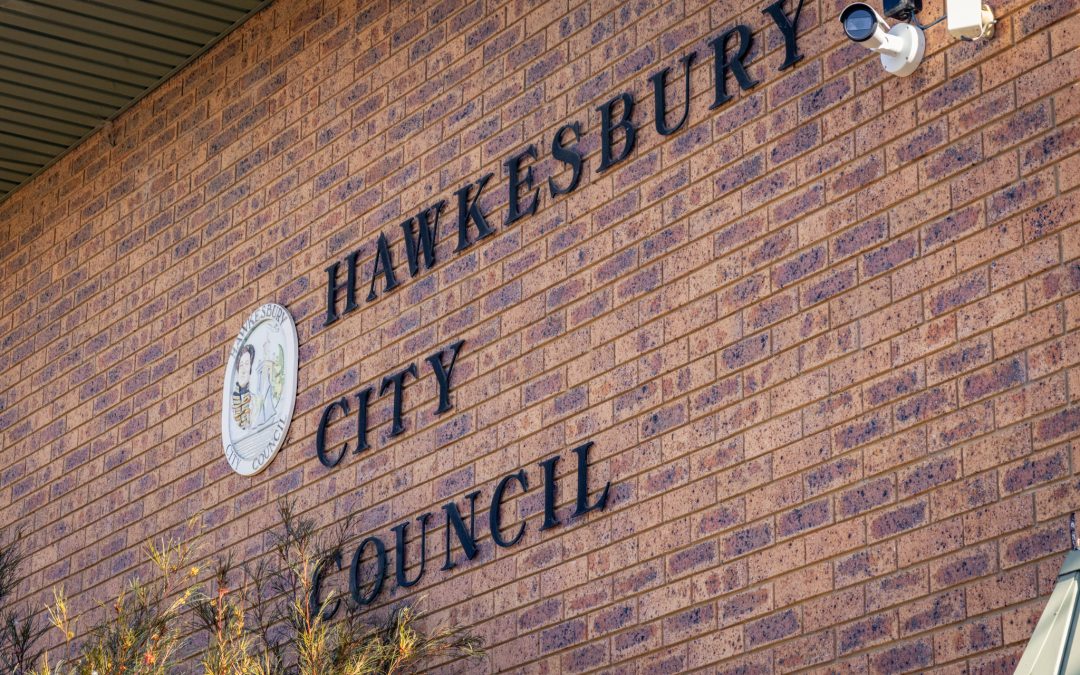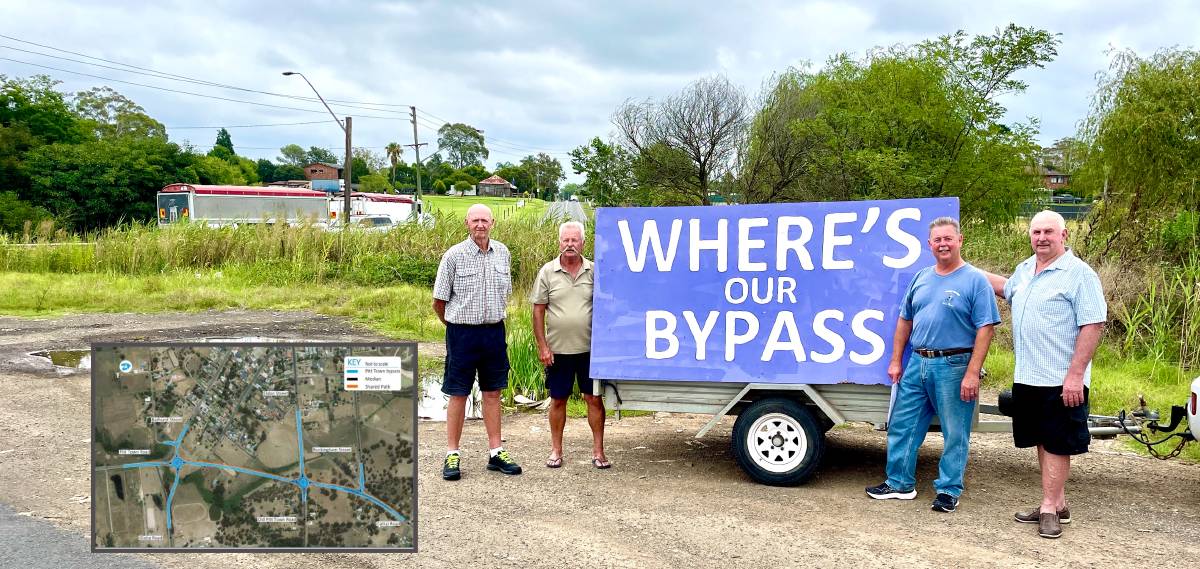Hawkesbury Post contacted all...


Hawkesbury Post contacted all...

In a heartwarming recognition of community...

After more than two decades of dedicated service, the...
A cloud of uncertainty hovers over Hawkesbury’s two most eagerly anticipated major infrastructure projects. The Pitt Town Bypass and third crossing over the Hawkesbury River Richmond are aimed at bolstering flood resilience, providing critical evacuation routes and reducing the burden on local roads.
While a combined $600 million has been set aside by State and Federal governments, the new Minns administration in Macquarie Street is grappling with a record mountain of debt, inherited from the former Liberal National Party government.
Now, these projects are part of a brutal “line-by-line” budget process, as the government works out how to manage record debt that is on track to hit $187.5 billion including a $7 billion black hole of unfunded programs and funding shortfalls.
A spokesperson for the NSW government told the Hawkesbury Post that the government was focused on fiscal responsibility to bring debt under control. The upcoming September budget announcement will outline the government’s spending priorities, potentially putting crucial infrastructure projects, including those in the Hawkesbury, in jeopardy.
“The NSW Government has committed $100 million to construct the Pitt Town Bypass. The third crossing at Richmond of the Hawkesbury is a $500 million commitment being jointly funded by the State and Federal Governments,” the spokesperson said.
“When the Minns Government was formed in March, we inherited the largest debt ever passed on from one government to the next, with the state on track for a record $187.5 billion in debt. Incoming briefs have also uncovered a $7 billion black hole of unfunded programs.”
“To restore fiscal responsibility to the NSW Budget we are undertaking a line-by-line review of expenditure across Government.”
“The NSW Government will outline its priorities for NSW and plans for expenditure in the September Budget,” the spokesperson said.

Members of the Pitt Town Progress Association earlier this year. An artists impression of the proposed Pitt Town Bypass.
But the Federal government has reaffirmed its commitment to the Richmond bridge which Federal Member for Macquarie Susan Templeman has fought for, for many years.
“Funding for the Richmond Bridge duplication was an election commitment in the 2019 and again in 2022,” Ms Templeman
“While the federal government is undertaking a review of infrastructure investment projects, 2022 election commitments are not part of the review.
“We know that the Richmond bridge duplication will have a lasting benefit to our community and I look forward to working with the NSW Government to deliver it,” Templeman said.
Last week the Premier Chris Minns told the Hawkesbury Post, after his first Community Cabinet in Penrith, that millions of dollars had been spent on the Hawkesbury since the floods.
“They are big projects part of our commitment to the Hawkesbury region has been $200 million in flood mitigation works now that’s not just money that can be spent or will be spent to upgrade facilities to deal with the flood, it’s also about upgrading roads and infrastructure in the community,” Minns said.
Hawkesbury residents have endured the brunt of multiple devastating floods in the past three years and have been hopeful that the promised projects would finally be delivered for improved flood resilience. The third crossing at Richmond was envisaged to enhance the evacuation route, while the Pitt Town By pass was designed to ease the burden on local roads from trucks travelling to and from the quarries in Maroota.
Last week the Premier expressed reservations about people investing in areas prone to flooding, citing the safety and financial risks associated with such decisions. He emphasized that building residences and businesses in flood-prone zones endangers lives and communities, noting that insurance companies would be reluctant to provide coverage, making financing an uphill battle for residents.
“The major decision we have to make is to ensure people aren’t building in flood prone areas. There are a few reasons for that, firstly, you’re putting people in danger, you’re putting communities in danger if you are building on flood prone land,” Minns said.
“Secondly, you may be leading some communities down the garden path because insurance companies are not going to provide insurance to areas that are below one in 100 year flooded areas. As a result, it’s almost impossible to get financing,” he said.
Minns added that this was a key reason why the NSW government is creating plans to raise housing density closer to the CBD and along routes where there is existing public transport infrastructure, taking pressure off western Sydney.